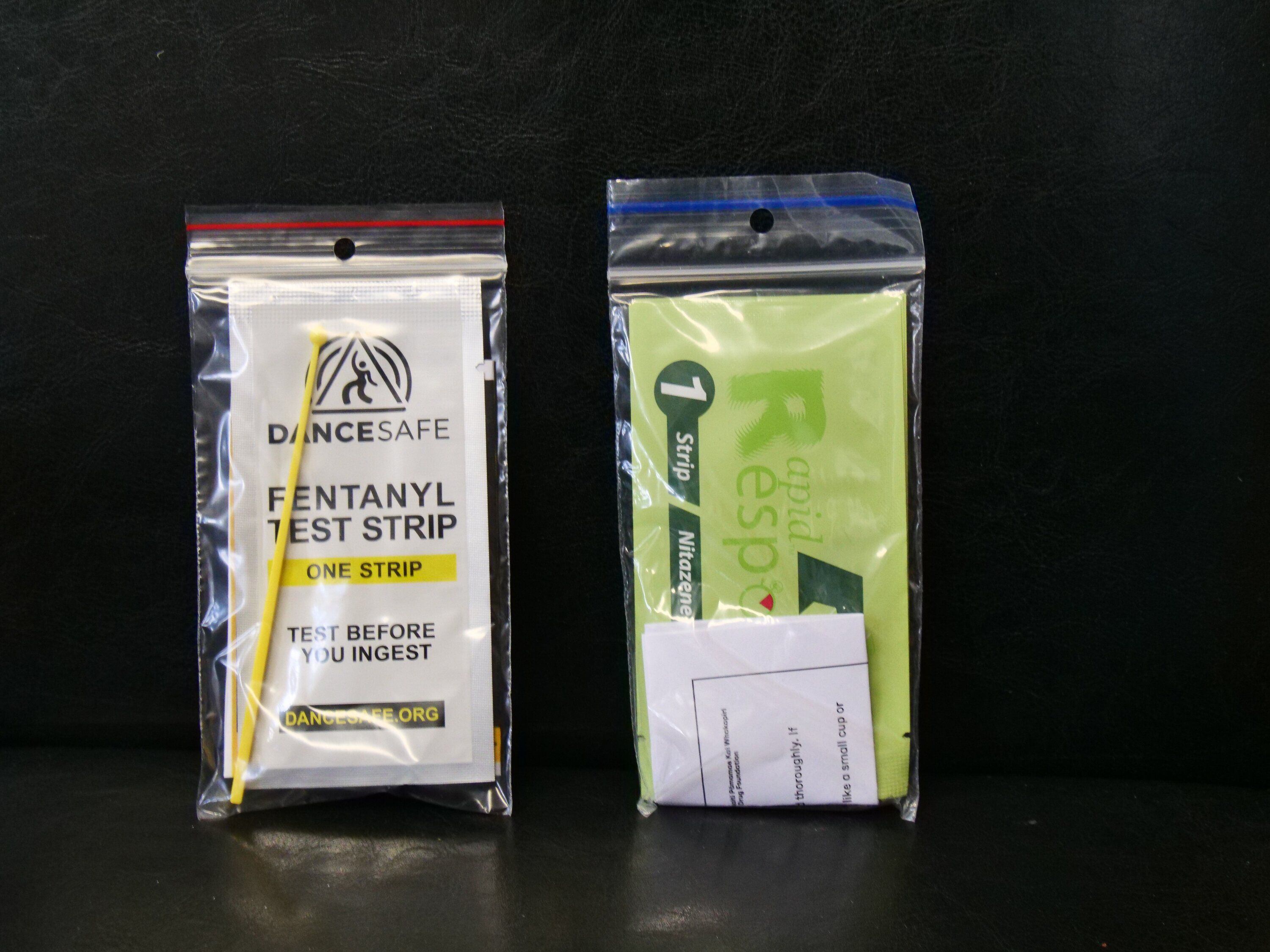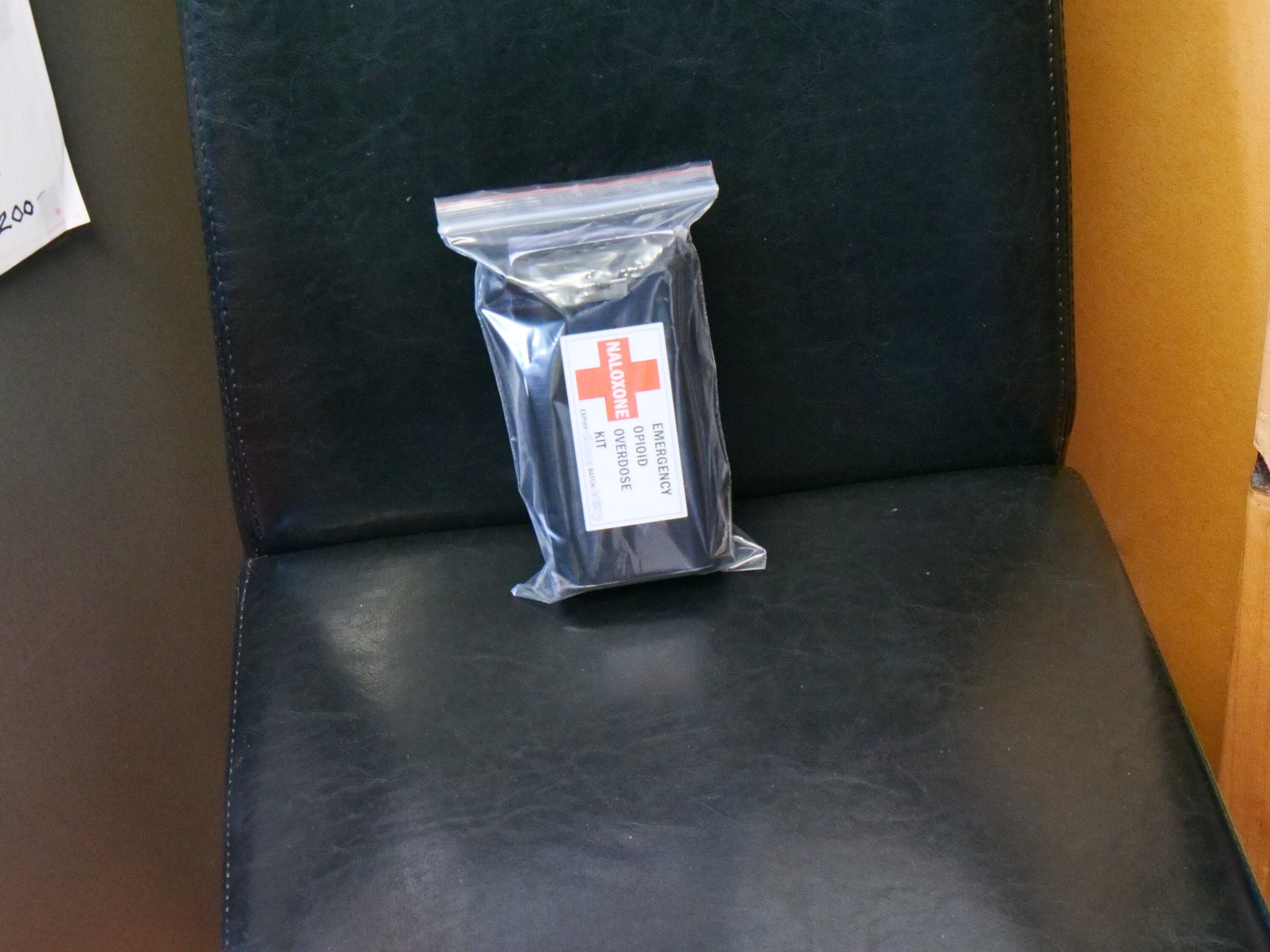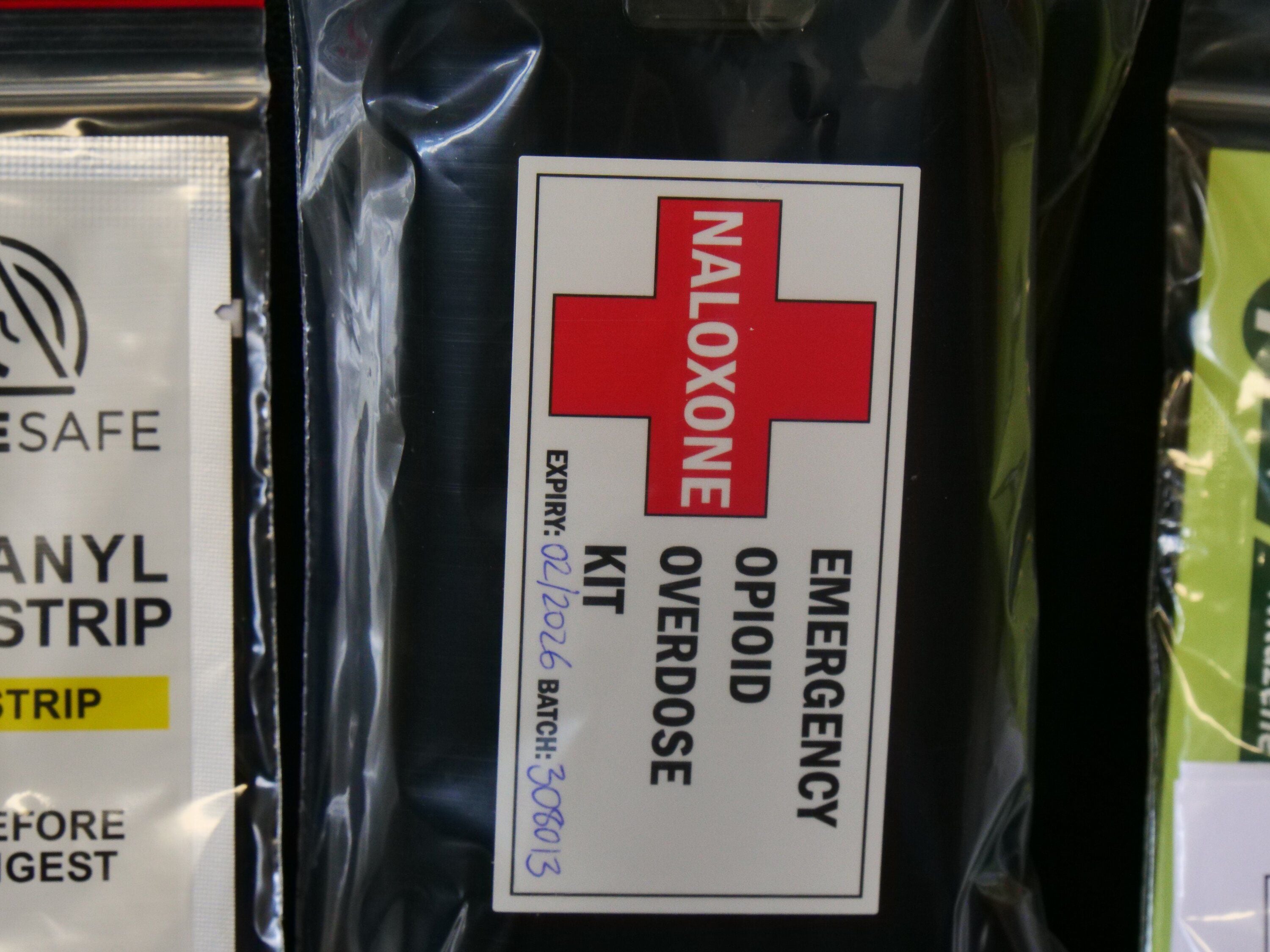Contamination of existing illegal drugs with more potent, toxic substances is a worrying trend in New Zealand, say experts.
“Adulteration of substances and the toxic drug supply is the most prominent concern for us,” New Zealand Drug Foundation principal science advisor Emily Hughes said.
Such toxic drugs are mixed in with some form of synthetic opioid, either fentanyl, which is 1000 times the strength of heroin or nitazine, which is potentially 40 times stronger than fentanyl.
There is a massive surge in the use of pills and powders in New Zealand with about 56,000 people, or 1.6 per cent of the population, using cocaine.
Daily consumption of that drug increased by 93 per cent compared to the previous three years.
Along with the well-established trends about methamphetamine, with about 47,000 users or 1.1 per cent of adults reported as being affected.
It is this group of pills and powder users who are most at risk, as Australia has started to see the adulteration of much of its drug supply, Hughes said.
“As of July 2024, the National Centre for Clinical Research on Emerging Drugs had collated all the drug warnings and found that Nitazine had been detected in every type of substance across Australia.
“Psychedelics, meth, GHB, GBL, benzos, every class of drug experienced this,” said Hughes.
“From our perspective, that’s extremely worrying.”
Nitazine crept into the drug market, but the New Zealand Drug Foundation were able to ring the alarm bells after fake oxycodone was found to contain metonitazene, a novel synthetic opioid, in May this year.

Testing strips for nitazine and fentanyl, both are available at needle exchanges across the country. Photo / Tom Eley
Unlike countries like Canada or the United States, New Zealand does not have a high number of opioid injectors, with the number ranging between 11,000 and 17,000.
Despite the low number of opioid users, 82 people died from opioid overdoses in 2023, a 25 per cent increase from 2022, when 62 people died.
“There’s no baseline level or number of people that is okay for them to die,” Hughes said.
To combat the risk of a person dying of an overdose, the New Zealand Drug Foundation, along with the Aotearoa Drug Information Outreach (ADIO) Trust, is rolling out more of the life-saving medication Naloxone.
Naloxone is given to people experiencing an overdose and can reverse or reduce the effects of opioids, saving a life in the process.
The medicine became fully funded via Pharmac in New Zealand last November. Before this, it was available in fits and bursts, with some needle exchanges able to self-fund and others going months without supply,
Naloxone is available as an injectable or a nasal spray, but this rollout will only include the injectable form, according to ADIO Trust, National Harm Reduction and Hep C Lead, Trish Dribnenki-Pennock.
“The nasal intervention is, primarily, quite costly.
“That went by the by, and that has only been done by raising funding for it and then offering it.”
According to Dribnenki-Pennock, a box of nasal naloxone is about $100 in New Zealand.
Nasal naloxone is more straightforward to administer in an emergency as it requires much less training than an intramuscular injection, said Hughes.
“Having both options, we know from research overseas, is the most effective way to make sure that as many people as possible are equipped.”
Both Hughes and Dribnenki-Pennock have lived experience helping in Vancouver’s Downtown Eastside, an area with one of the highest concentrations of drug users in the world.

Vancouver is gripped with a dual opioid and toxic drug crisis, claiming more than 15,000 deaths since April 2016. Photo/Albert Normandin
It is a neighbourhood full of despair and hope. Naxolone now saves lives, nasal and injectable forms are available, and people from all walks of life are trained, from the Vancouver Police Department to university students, said Dribnenki-Pennock.
“In some areas that were hit hard by the cyclone last year, the New Zealand Drug Foundation got 50 doses of naloxone.
“In Vancouver, that would have been scooped up in a day.”
The rollout of naloxone is another tool to help in the harm reduction tool kit, Mount Maunganui needle exchange manager Mark Wright said.
“People are people. People have always taken drugs. That is not going to change.”
“It is better to be the ambulance at the top of the cliff than at the bottom.”
Despite naloxone’s life-saving powers, Wright stresses that people who have experienced an overdose need to be taken to the hospital to get treated, as the opioid will still be present in the person’s system.
A lot of the community reactions to people injecting, using drugs or coming into danger by using is often one that stigmatises the user, Wright said.
“Everyone has a story, and a lot of it is traumatic and no one chooses to be an addict,” Wright said.

Anyone wanting naloxone can visit their local needle exchange. The medicine does not expire for two years. Photo / Tom Eley
The naloxone is free of charge and accessible to anyone who might want it at the needle exchange.
However, the needle exchange can not administer it to people as they are not trained to do so, said Wright.
Wright believes that it is the big ‘moat’ that has kept a lot of illicit drugs out of New Zealand.
“The big ocean around us is helping us more than anything.”
The high cost of drugs in New Zealand creates an illusion that we are safe from the harm of these substances, with the average price of a gram of cocaine at about $400, Dribnenki-Pennock said.
“It’s very costly here and creates this perfect market for someone to bring in cheaper product, which means (it is) more likely to be a source of contamination,” Dribnenki-Pennock said.
Signs of an opioid overdose:
-Small constricted ‘pinpoint pupils’.
-Falling asleep or loss of consciousness.
-Slow, shallow breathing.
-Choking or gurgling sounds.
-Limp Body.
-Pale, blue or cold skin.
What to do if someone overdoses:
-Don’t panic. Stay calm. Call 111.
-Keep yourself safe and watch out for used needles and blood on the bed or floor.
-Check if the person is conscious by gently shaking or calling out their name.
-Check for breathing if unresponsive.
-If breathing, move them into the recovery position.
-If they are not breathing, start chest compressions and CPR.



0 comments
Leave a Comment
You must be logged in to make a comment.